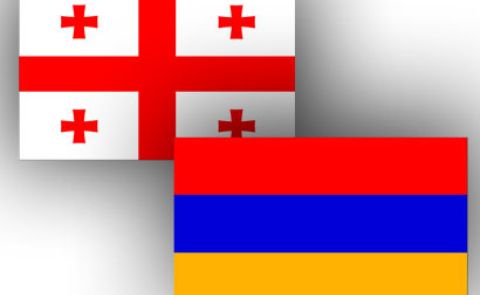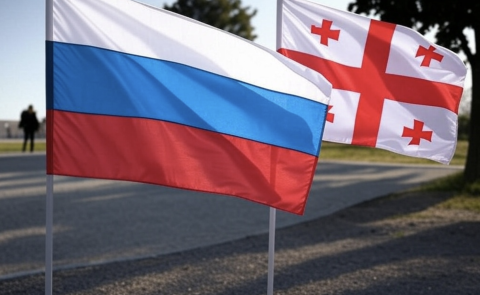
Peace within an Ongoing Conflict: The Case of Gegharkunik
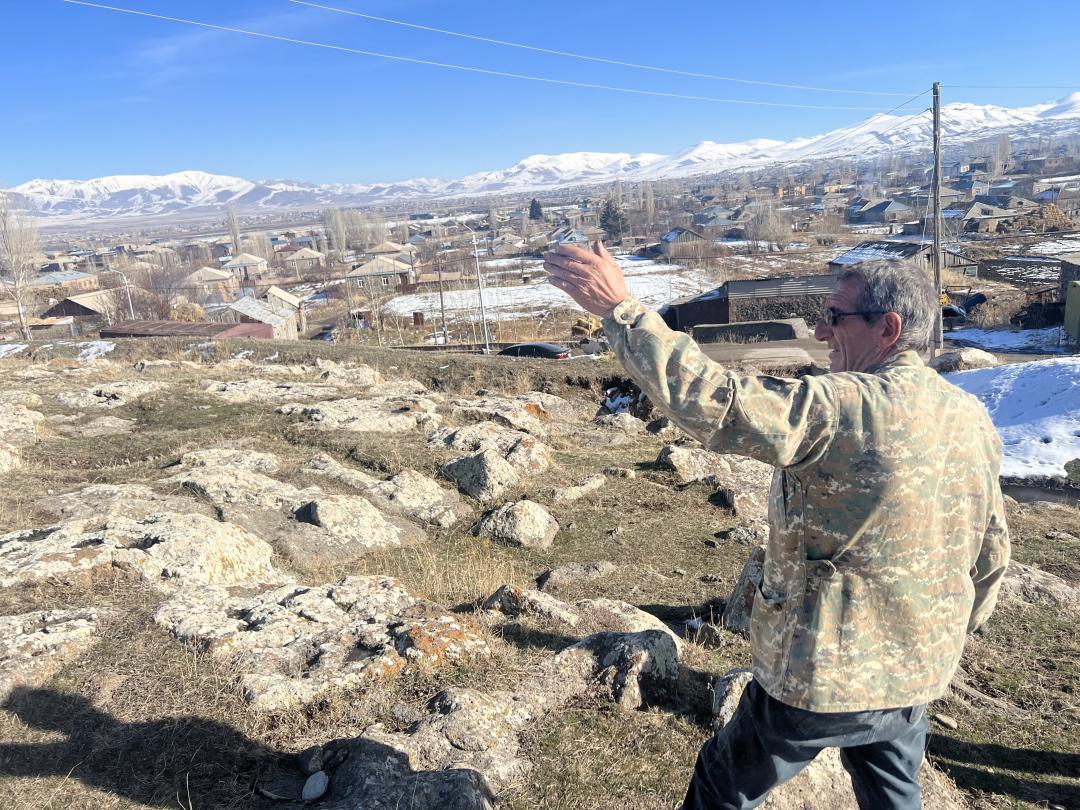
The situation at the Armenia-Azerbaijan border continues to remain tense. Ami Chichakyan, a journalist from Caucasus Watch, visited the border regions and spoke to the local people. To learn more about the situation in the region and the locals' sentiments, read Ami's exclusive article.
The war in Nagorno-Karabakh didn’t put an end to the violations of the ceasefire in the region. Though the tensions shifted, they are now mainly on the borders of Armenia and mainly in the Gegharkunik, Vayots Dzor, and Syunik regions. Though life in most of the villages of these regions has not been peaceful during the past decades, there haven’t been such wide-scale attacks in those villages. The attacks on September 13 and 14 have changed the country's borders, but the country’s government remains silent on the topic in its communication with the Armenian society.
Gegharkunik is one of Armenia’s provinces that Azerbaijan calls “Western Azerbaijan”. Azerbaijan attacked the region in two main directions - Sotk and Verin Shorzha. The region is one of the vital parts of the country; it is where Lake Sevan is situated, one of the main sights and the largest freshwater lake in the landlocked country.
Before the war in 2020, the de facto border between Armenia’s Gegharkunik province and Azerbaijan was shorter. But as a result of the war, the Kelbajar region was handed over to Azerbaijan, and the border is now approximately 50 kilometres longer in the direction of Vardenis. The border halved a gold mine that was located right on the administrative border of Armenia with Nagorno-Karabakh, the Sotk gold mine, and now the other half of the mine is in the Azerbaijani part. After the last events, the villagers’ sense of safety has diminished. Surrounded by mountains, they are able to distinguish between Armenian and Azerbaijani hills and they are aware of the source of danger.
Even though the military operations have ceased, the residents of the minor villages bordering Azerbaijan await their resumption. The situation is worse for those villages that, during the last decade never had borders with Azerbaijan. And the recent political and military events affect their lives. Armenia shrinks, and the next one can be their village. They are afraid of losing their villages and towns and turning into refugees.
Lusakunk is a village in Gegharkunik province, not far from Verin Shorzha and Sotk. Despite insufficient reporting, the September attacks have reached this point as well. Village pensioner Garush Petrosyan witnessed the attacks and stayed in the village the following days. “Everyone ran away; there was no one here. A rocket fell in our village, damaging the walls of my house. There is a pit near my house. I took my handicapped brother, and we hid there. They were attacking the village with drones,” Garush remembers. Though he had a chance to leave, he preferred to stay in the village to somehow protect it.
The attack was visible from the middle of the village, and Garush initially thought that it would last a long time. And most of the villagers thought that this was the end of the village and decided to leave. However, after observing that there were no further developments, a number of individuals returned to Lusakunk. Although there are no official statistics about internal migration following the September 2022 attacks.
According to Garush, all the surrounding heights are now captured by Azerbaijan. It means that if they want to attack the village, they can do it easily, and the villagers won’t have any chance to survive. Despite this, Garush has no desire to abandon the village. He believes that if everyone departs, the village will perish. And if there is no one living in the village, it will be simpler to capture, and Armenia will ultimately lose it.
However, do the villagers prepare for the next attacks? Garush prefers talking about politics. He thinks that everything depends on Armenia’s Prime Minister and the Azerbaijani President and their talks. And when asked if he prepared shelters in his house, he replied: “Why shall I need one? There are a lot of natural shelters in the village.” Instead, he thinks that the peace talks can be good for Armenia and Armenians, and the peace treaty can be the solution to the conflict. Though he can’t imagine Armenians or Azerbaijanis visiting the other country. He believes that if they visit each other's countries at this juncture, they will resume fighting and reignite the conflict.
He believes that the Russian peacekeepers can be helpful there as well. “If the Russians keep the borders, they also need to have their checkpoints to keep the peace on the highways. Azerbaijanis may attack Armenian cars. You never know what will happen. Armenians can attack as well. Now we have the proof of my words, they have closed the Lachin corridor,” Garush says, emphasizing that the victims of this situation are ordinary people.
He uses the era of the USSR as an example, when Armenians and Azerbaijanis were living together in Lusakunk as well. Garush mentions that there are 30 villages in their region, and back then in the USSR, 28 of them were inhabited by Azerbaijanis. And when they fled the country, Armenians started living in their houses. Though decades have passed, Garush still cannot understand why their Azerbaijani neighbors left the village and why the situation has changed.
Also, he has numerous inquiries regarding the 44-day conflict in 2020. Who is at fault? Who is the villain? Who has betrayed the nation? He attempts to analyse the situation, but he still has unresolved concerns about what has happened in the country and why the Azerbaijani border is approaching his village. Lusakunk is already 30 to 40 kilometres from the boundaries.
He continues to be incapable of imagining harmony between two nations and two countries. He cannot venture to Azerbaijan, and he thinks that Azerbaijanis won’t travel to Armenia either. Garush adds that he believes that the government will do something to prevent the new war. “Who wants to die? Nobody! Nobody wants a new war,” Garush claims.
Khachaghbyur village is even closer to the border. The borders have changed after the events of September 13 and 14, 2020. And here some fields are currently under Azerbaijani surveillance, and villagers are afraid to cultivate their fields because they are not sure whether it is safe to do that or if it would cost their lives. Thus losing one of their sources of income.
The road connecting neighboring Khachaghbyur village to the rest of Armenia has not been repaired for many years. And now it is difficult to pass, and villagers must have certain cars to go to the neighboring villages or towns. People complain that Khachaghbyur is far from the city and nobody cares about them. They consider the road one of their main problems. The new mayor promised to repair it, but villagers say that after winning the elections he forgot about the village’s existence and they have difficulties with movement.
It’s noteworthy, that villagers are not only fearful for their own lives, but also for the future of their community. And one of the most discussed topics for them is arming the civilians in Khachaghbyur. During the war in the 1990s, Armenia didn’t have an official army, and people formed groups and fought. Times have changed and Armenia has a professional army, but people still remember the 90s and demanded the government give them rifles to protect their houses and their village.
This debate started after the war in Nagorno-Karabakh, and some deputies even discussed it in the country's parliament. The debate is still ongoing, and most Khachaghbyur residents support equipping the civilian population.
Gagik Petrosyan, a former USSR official, does not agree with the majority. He believes that the situation in the village is not fatal and that the villagers should not be armed. Gagik thinks that at this point it is even dangerous for the villagers' lives. “They can harm themselves or go and kill their neighbors. They can kill each other, and eventually there wouldn’t be anyone living here. We have soldiers. And it is their duty to keep us safe. We should trust our soldiers,” Gagik explains, emphasizing that this is not the era of fedayi (also known as Armenian irregular units or Armenian militia, consisted of Armenian civilians who abandoned their families voluntarily to create self-defense units)when every civilian should be backing the state and its military.
Vachagan Hovhannisyan, whose son was killed in the 44-day war, doesn’t agree with Gagik’s statement that not everyone should fight. “We either fight or die,” he says, emphasizing that he cannot imagine peace between Armenians and Azerbaijanis after the events of 2020. He believes that Armenians have no other alternative than fighting.
Gagik has a different opinion on the matter. As a former official, he advises trusting politicians who were elected by the people. He thinks that they are entitled to negotiate and make such decisions on their behalf. “All of us want peace. But you can never trust an Azerbaijani. You always need to be careful and attentive to them. We are a peace-loving nation. I think the ordinary people on the other side of the border also want peace, but the dictatorship doesn't let them,” Gagik explains that the nation is not guilty of the decisions of its government. The governments have their reasons to fight.
The men have different opinions on peace. Vachagan finds it incomprehensible that Azerbaijanis can visit Armenia and Armenians can visit Azerbaijan; moreover, it is unacceptable to him. After the death of his son, he cannot imagine a scenario where there is peace with Azerbaijan instead of mutual hatred. According to him, the peace treaty will be considered a retreat for Armenia, which cannot happen. He even compares the situation with the Armenian Genocide that happened more than 100 years ago. “150 years are needed for this conflict to be solved. Do you think it’s easy? And it's still a mystery whether it will be solved or not.”
At the same time, Gagik considers the peace treaty to be a positive development. He believes that both nations should think about the future, and according to him, they have to think about the future generations: what will happen to their grandchildren? Will they still have to fight? He also remembers the past when Armenians and Azerbaijanis were living together.
“Who is our ally? Who is our big brother?” Gagik questions, emphasizing that Russia is neither an ally nor a brother to Armenia, and proves that idea by the recent actions of Russia, when Russia and the Russian-led military alliance, CSTO, didn’t provide military assistance to Armenia in September 2022. Gagik believes that Armenia was left alone to solve its problems, and there is no one there to support the country. And the population should support the government in making decisions that will not only bring the country back to its feet but also develop it and create a fruitful future for the upcoming generations.
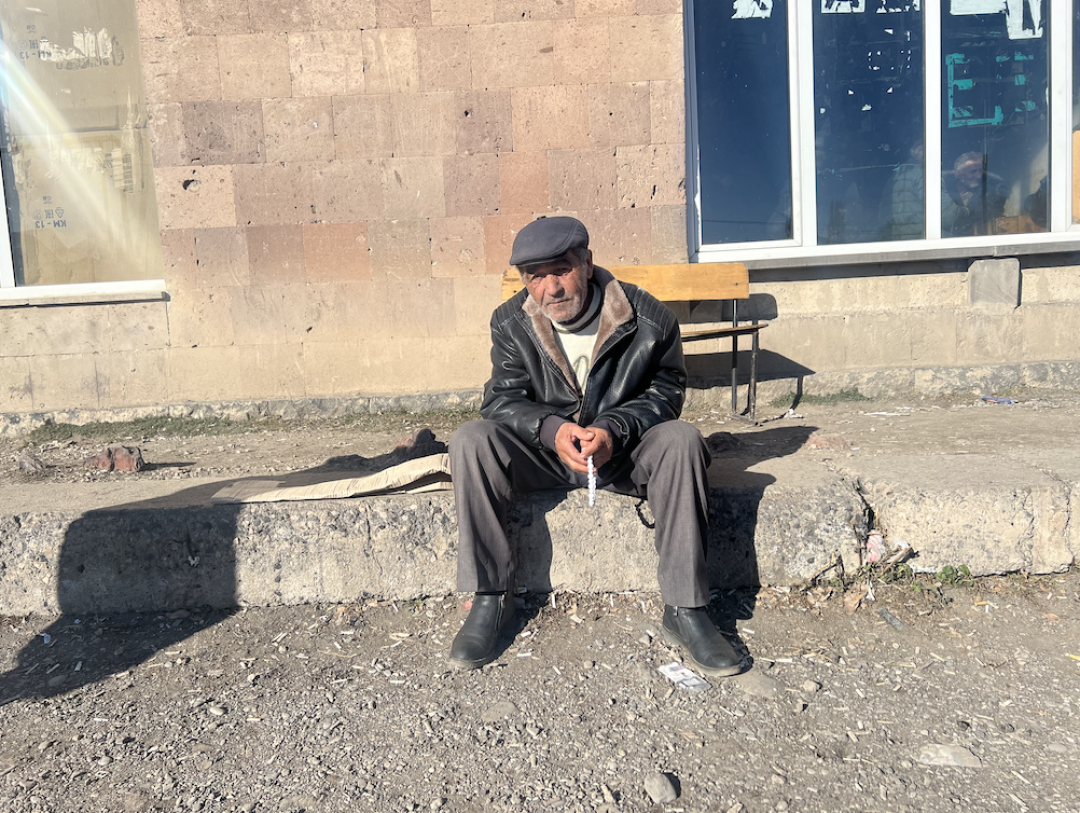
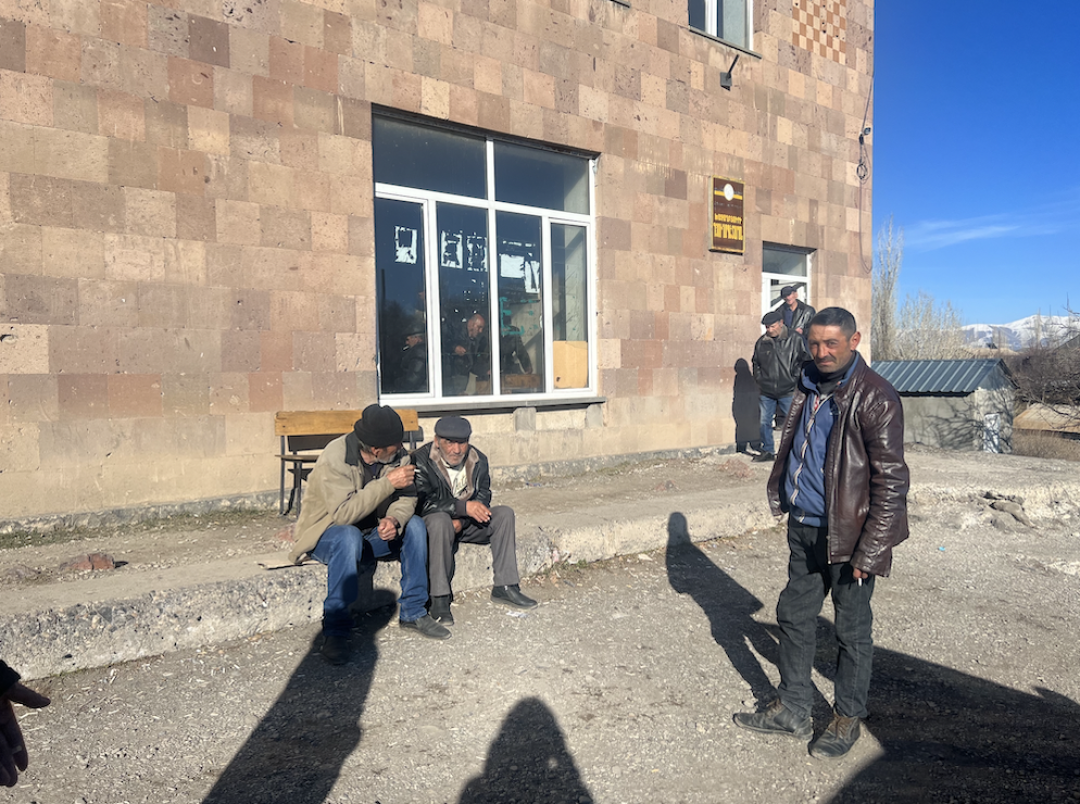
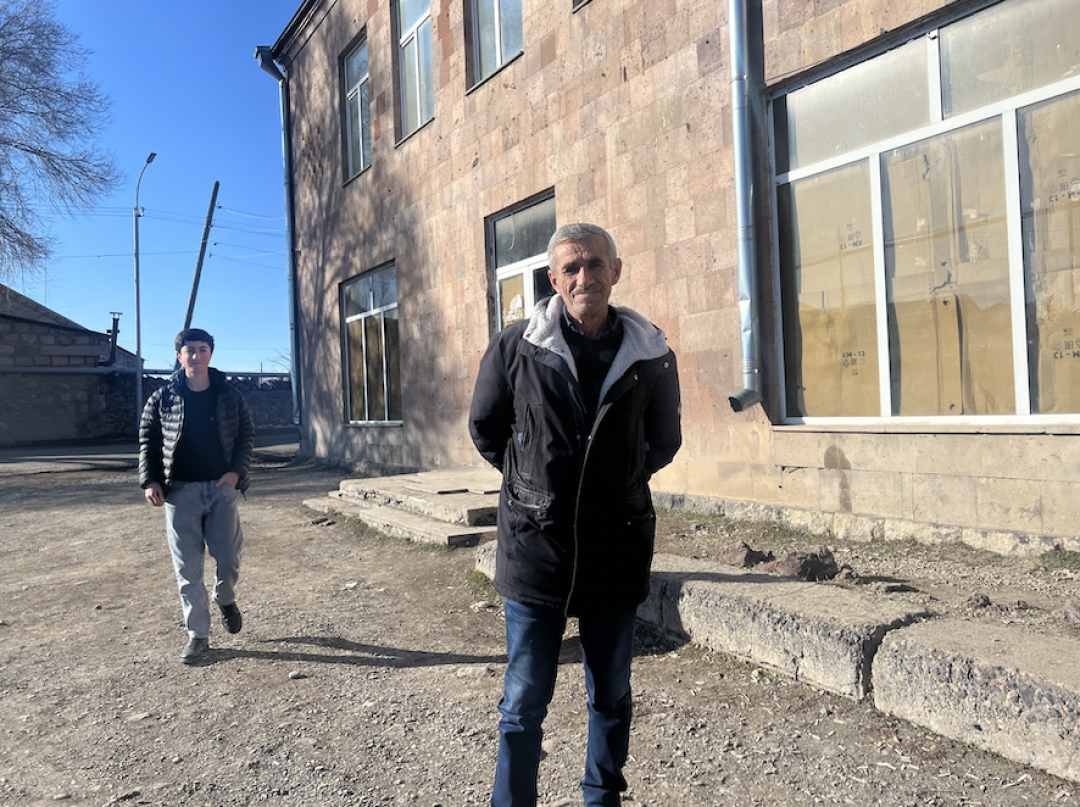
See Also

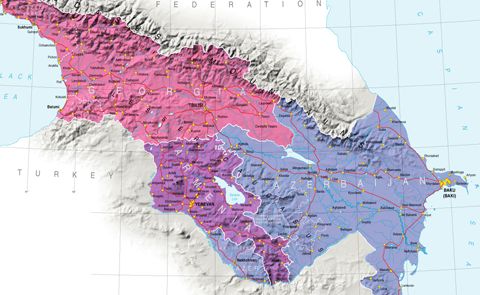
3+3 Initiative as a New Order in the South Caucasus
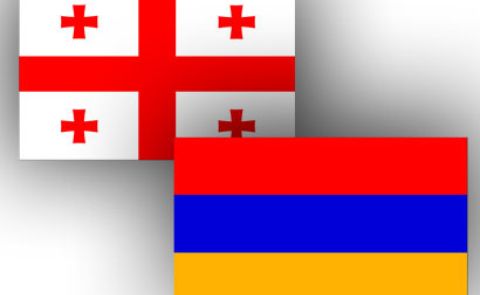
Economic Cooperation Between Armenia and Georgia: Potential and Challenges Ahead
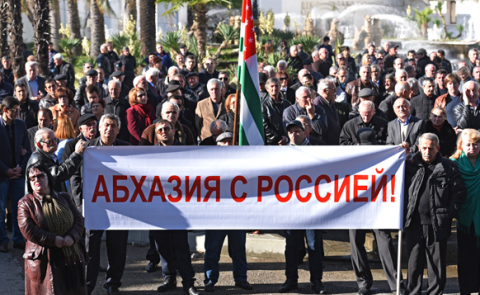
Russia and Occupied Abkhazia: A New Type of Relations
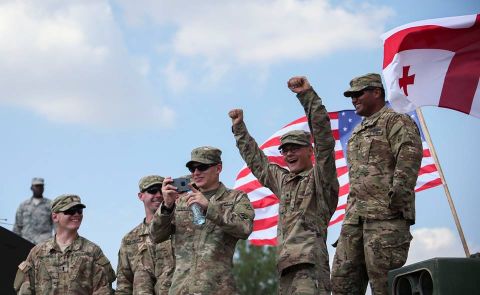
Georgia and US: From Close Ties to Caution
